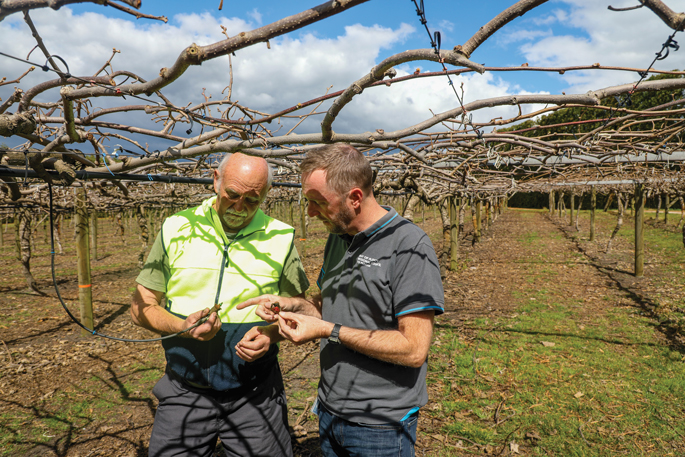Since NIWA forecasted an El Niño weather pattern late last year there’s been a lot of talk about it – but what does it mean for our region? Typically, El Niño is an extreme climate pattern that brings stronger or more frequent winds, leading to an elevated risk of drier-than-normal conditions. In the Bay of Plenty, while El Niño conditions may not have come exactly as initially forecasted, we are now experiencing more warmer and dry days. Wind and warmth This ongoing combination of wind and warmth, which is predicted to continue well into autumn, can have detrimental impacts on the health of our local waterways, wildlife, and people’s livelihoods. For Bay of Plenty Regional Council, it’s our responsibility to monitor and manage the sustainable use of our region’s waterways. We do this by having a network of monitoring sites sending back real-time data on stream flows, aquifer levels, soil moisture levels and rainfall – all good indicators of our waterway’s health. Informed decisions During periods of dry weather, we use this information to make informed decisions about managing water use and whether we should move through levels of our Water Shortage Event framework. We also work closely with the Primary Sector Coordination Group – which includes Rural Support Trust, the Ministry for Primary Industries, Federated Farmers, DairyNZ, Beef+Lamb NZ and other local agencies and organisations. We share our data with them so they can help support their communities. While drought-like conditions may be hard to think about after last year’s extreme rain events, it’s important we don’t get complacent. Right now, we are in level 0 of our Water Shortage Event framework, which means there are no water shortage concerns. But, if warm and dry days continue as predicted, we may need to be prepared for reduced water availability. How you can get prepared Check for leaks in your system. In a dry weather event, water availability can become scarce. This will ensure you aren’t unintentionally wasting water. Know the water rules. You may need a resource consent if: You are taking more than 35,000L per day (35m3/day) from a groundwater source (bore, well); or You are taking more than 15,000L per day (15m3/day) from a surface water source (river, stream, spring, pond, drain), or are taking at a rate of more than 2.5 litres per second. Farmers or rural landowners can get support from Rural Support Trust online at: www.rural-support.org.nz or by calling 0800 787 254. The Ministry for Primary Industries offer advice and assistance to people and businesses impacted by drought. We all need to forward-plan and reduce water use where we can, to support the health of our local waterways, wildlife, and people’s livelihoods. For more information about regional council’s work to protect waterways during dry weather, visit: boprc.govt.nz/watershortage - Steve Pickles, principal advisor, compliance, Bay of Plenty Regional Council



0 Comments
Leave a Comment